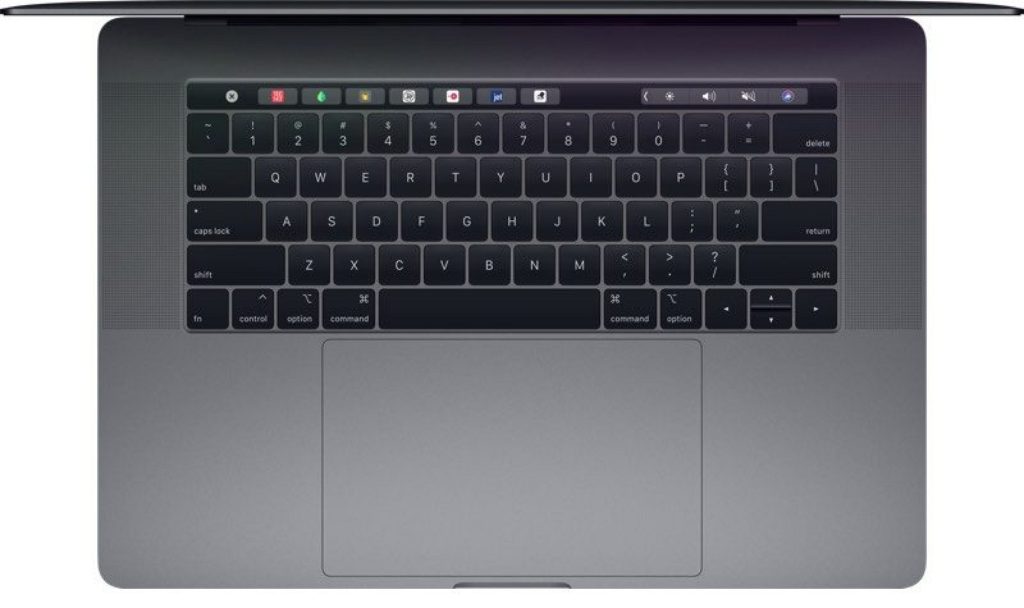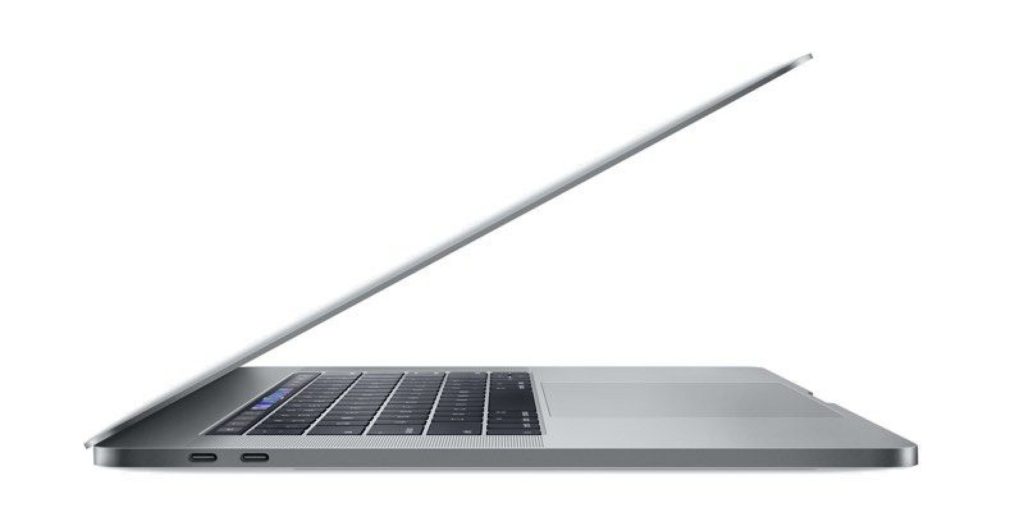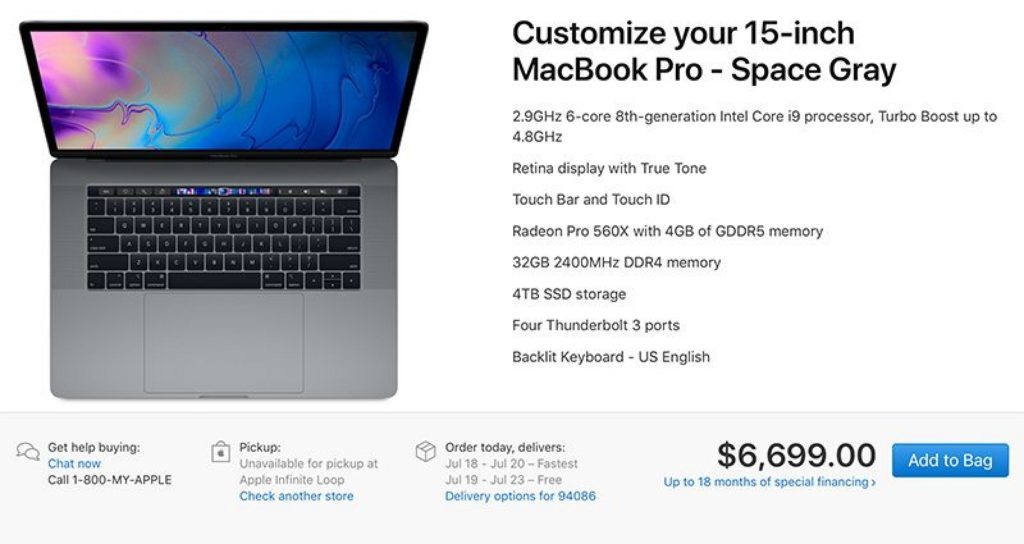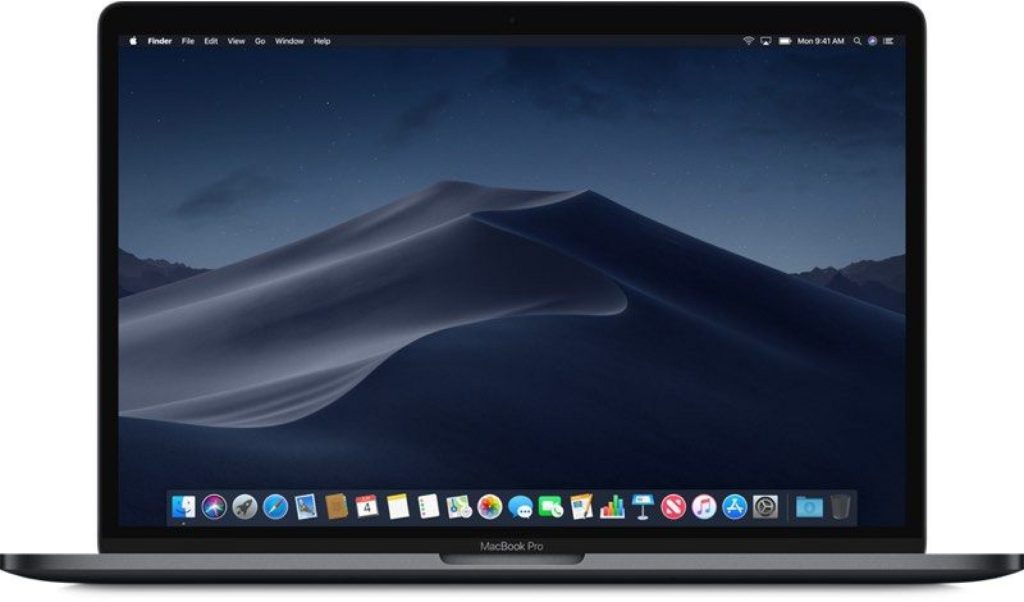Apple Releases 2018 MacBook Pro – $7K for Maxed Out 15-Inch
Video editors rejoice: today Apple launched their 2018 MacBook Pro lineup, and the specs are looking good.
For our purposes, we’re mostly interested in the 15-inch MacBook Pro, but the 13-inch MacBook Pro is also getting upgrades under the hood.
Overall, the design and inputs haven’t changed from the 2017 models. There are still 4 Thunderbolt 3 ports, and a 3.5mm headphone jack (phew). The Touch Bar is still a key feature in this MacBook Pro, which works intuitively with FCPX.

The 2018 MacBook Pro features new Intel Core processors, however, and the 15-inch version is 70 percent faster than last year’s model, if maxed out with a 2.9GHz six-core i9 processor, compared to last year’s 3.1GHz quad-core i7.
The new models have also doubled the internal SSD storage capacity, now up to 4TB in the 15-inch. All 15-inch models will now feature the AMD Radeon Pro graphics card, with 4GB of GDDR5 memory.
But the most important thing about these MacBooks is that we are finally getting up to 32GB of DDR4 Ram. Woot woot.
The message with this new MacBook Pro is “More power, More performance, More pro.” The processor, graphics card, and battery improvements certainly help, but the 32GB Ram is the biggie here.

Video people were more than peeved last year when Apple’s most advanced laptops still only maxed out at 16gb of RAM. That’s not a big issue for photographers and other creatives (and certainly everyday users), but video editors are needing more and more RAM to deal with highly compressed video codecs at higher bitrates and bigger resolutions.
We’ve been using MacBook Pros from 2012-2013, the early days for the Retina screen models. It’s amazing that after years of heavy use, around the clock on the road, in hotels and airports, and at home running the fans at full blast during heavy renders, these MacBooks continue to perform for professional video edits.
In the early days of DSLR video, we could edit native MP4 and MOV clips without transcoding, because the H.264 files were relatively simple for the MacBook to work with. Then we moved to compressed AVCHD files, which lead us to use external ProRes recorders like the Atomos Ninja Blade, and software transcoding with ClipWrap and EditReady, and FCPX’s native optimization/transcoding.

Our MacBook Pro editing system with the Asus MB 168B+ USB external monitor
These days, we are working with high bitrate files from the Canon C300 mkII, and surprisingly the HD 10-bit and 12-bit media can still be edited natively on these old MacBook Pros. But 4k footage is a different story. And Canon 1DX mkII footage – with its crazy 800mbps bitrate for 4k video – forces us to transcode everything to Proxy files before even starting to edit.
So even if it seems a little expensive to drop $3k on a MacBook Pro, you have to consider that you may still be using it professionally 5-10 years from now, on a daily basis. That’s why it’s important that you can now get a model with 32GB of RAM. Once you’re stuck with 16gGB, that’s all you’ll ever get, since these models are not upgradeable.
Now, if you want to ensure that you’re getting truly the very best specs in your 15-Inch MacBook Pro, prepare for sticker shock. A fully stacked order will set you back nearly $7,000.

Courtesy of Mac Rumors
Still, that’s not as bad as the recent sticker shock that came with a maxed out Apple iMac Pro – at nearly $15,000. For a computer that has a built-in screen and doesn’t allow you to upgrade any hardware? That seems like a scary proposition.

Then again, we’ve used our 27-inch iMacs for over 4 years now and they’re still going strong, right next to our MacBook Pros (we have two of each).
For a few thousand dollars, it’s pretty amazing that you can still depend on a computer to be a daily workhorse for years to come. Whereas our $1,000 smartphones feel like antiques only a couple years in.
Anyone who doesn’t rely on Apple’s Final Cut Pro X for their work will probably be better off with a PC, which typically gives you more specs per dollar. But that might all change with the recent introduction of Apple’s ProRes RAW.
If the industry adopts ProRes RAW, which will have native support on FCPX, we might start seeing Macs used more in pro video environments than we do now. And that will make these new MacBook Pros an even better investment.
Apple MacBook Pro 15-inch – Pre-order at B&H
Apple MacBook Pro 13-inch – Pre-order at B&H
